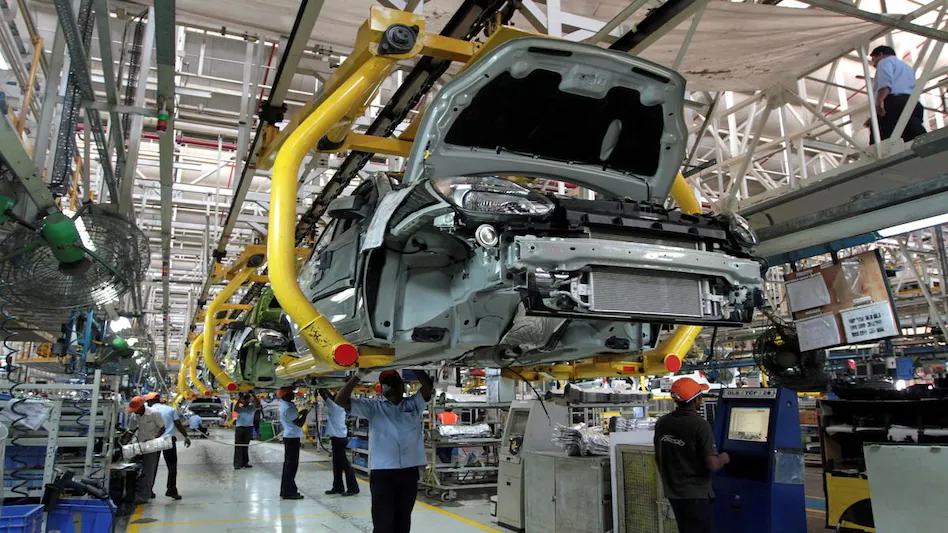Cars consist of many parts that work together, from steering systems and batteries to brake pads and batteries, that contribute to their operation. This industry specializes in manufacturing, distribution and sale of these essential car components.
Vehicle manufacturers are the largest purchasers of auto parts, using two-thirds to three-fourths of production for themselves and another 25%-34% being distributed among repair shops, service centers, and do-it-yourself consumers.
Auto Parts History
Over the past century, the auto parts industry has developed from corner hardware stores supplying nuts and bolts to inventors like Karl Benz and Armand Peugeot to an international industry offering everything from screws, springs, brake pads to entire vehicle systems. Despite recent challenges such as increasing electric vehicle demand and global chip shortages, however, this sector remains strong and diverse.
Carlyle Fraser successfully transformed a small auto parts store into the world-renowned Genuine Parts Company (GPC). When America fell in love with automobiles in the 1920s, more vehicles began taking to the roads than could be kept up with via traditional distribution channels alone. NAPA was created in 1925 to meet this need by setting standards and selling parts to jobbers.
Today, GPC operates and owns NAPA Auto Parts stores as well as distributes replacement parts under the NAPA, Carquest, and WORLDPAC brands. Furthermore, they maintain an ongoing presence in industrial replacement parts distribution as well as wholesale office supplies.
Types of Auto Parts
As auto prices soar while sales stagnate, consumers seem to be opting for maintenance rather than car purchases; this trend should boost demand for auto parts.
Auto parts can be delivered in various forms. They may come as original equipment (OE) parts for assembly on vehicles that are being produced; replacement or original equipment service (OES) parts available through vehicle manufacturers’ national and regional service networks; or aftermarket accessories and parts.
Third-party parts, also known as generic or competitive replacement parts, are usually manufactured by third-party companies to fit specific types of vehicles. While less costly than their original manufacturer counterparts, these generic replacements often prove just as reliable and can even be purchased more readily than ever – either online or from retail outlets. Generic or competitive replacements aim to replicate functionality similar to original parts but without incurring added costs; this is particularly helpful for components subject to limited wear such as engine or transmission components.
OEM Auto Parts
OEM parts are manufactured by their original manufacturer and serve as exact replicas of parts originally installed when purchasing the car new. OEM parts are generally higher-quality and longer-lived than aftermarket options; however, they may be more costly. Furthermore, many OEM warranties exist with these OEM components.
OEM parts may be worth investing in if your goal is to maintain optimal condition and increase resale value of your car, while aftermarket options might better fit with your budget and time commitments.
Cline Collision Center is proud to be an approved repair facility for many of the nation’s leading automakers and can use either OEM or aftermarket parts for your repairs. Give us a call now to set up an appointment – we look forward to working with you!
Aftermarket Auto Parts
Many people have negative misconceptions of aftermarket parts, but in actuality they can be just as high-quality as OEM components if you follow your mechanic’s advice and choose parts from a reputable brand name. Doing your research before making a decision will ensure you’re receiving high-grade components.
Aftermarket parts offer many advantages over OEM ones: wide selection, lower costs and often include warranties. Car insurers tend to favor aftermarket components for collision repairs.
Though aftermarket parts offer many benefits, they may also carry risks. Since these parts are produced by third party manufacturers and could vary greatly from their OEM counterparts, fitting can sometimes be off or performance varying significantly between models. When taking non-OEM parts to a certified auto part center for installation they will verify it meets the correct vehicle specifications before installing; otherwise they won’t install as it could void your warranty.


